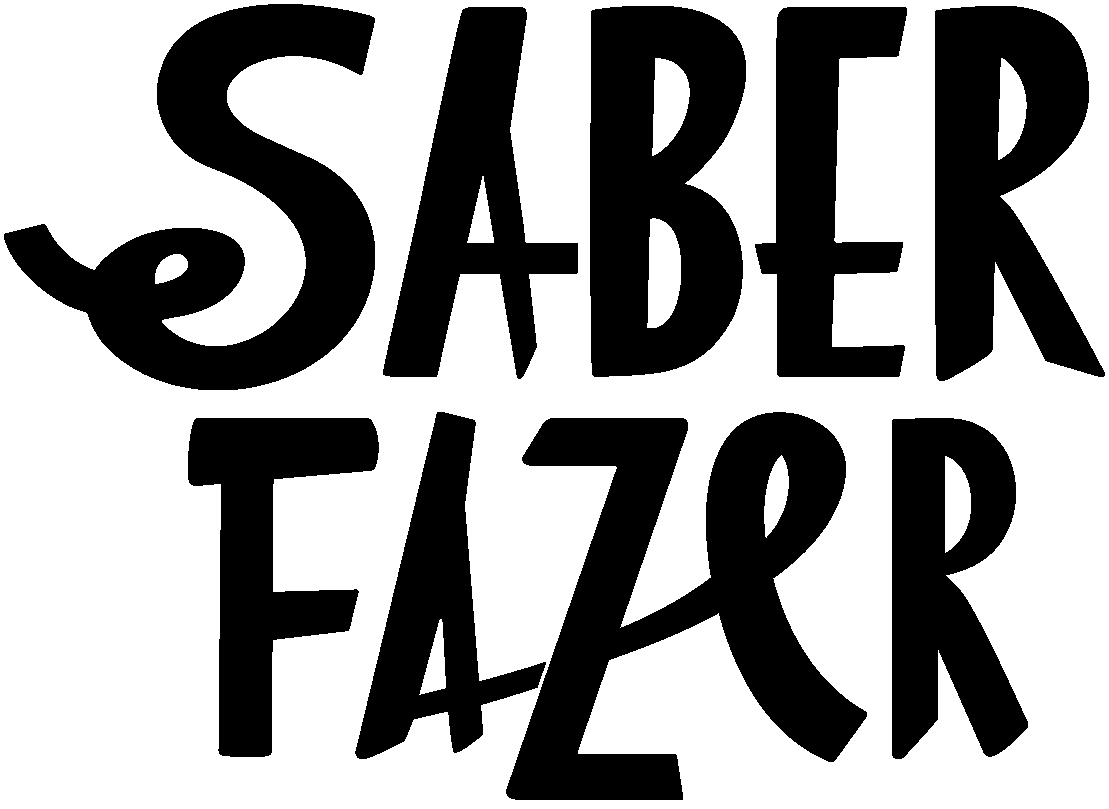Rosa e Manuel, Cesteiros
A Rosa nasceu numa família de cesteiros e o Manuel, quando casou com ela, aprendeu a arte e tornou-se um também. É em equipa, na sua oficina em Braga, que produzem todo o tipo de cestos em vime e, para alguns trabalhos contam ainda com a ajuda do irmão mais velho da Rosa, que foi o seu professor neste ofício.
Enquanto o Manuel trata da preparação do vime, sentada no seu banco, Rosa vai entrançando cestos. Os cestos começam sempre pela preparação do vime e pela construção de uma forma em madeira específica. O vime é uma fibra vegetal resistente e flexível simultaneamente, o que lhe confere grande durabilidade. No entanto, antes de o trabalhar, é necessário torná-lo mais maleável, seja para o moldar directamente, seja para o lascar. Por isso, as varas devem ficar de molho em água durante algumas horas antes de se dar início ao trabalho. Pode ser utilizado inteiro nas peças maiores e também naquelas das quais se requer mais resistência. Nas peças mais pequenas, ou que não vão ser sujeitas a grandes esforços, é possível rentabilizar o vime rachando uma vara em várias partes. No final, decidir que tipo de vime se vai utilizar, é uma questão de equilíbrio entre o tamanho final da peça, o pormenor do entrançado executado e o nível de resistência que se pretende. Para rachar a vara, Manuel golpeia o topo do vime e deslizando a rachadeira, uma peça de madeira em forma de ovo, separa-a em três partes, que vão ser depois lascadas em tiras mais finas, na máquina. Cada tipo de cesto possui uma forma em madeira única, construída à medida pelo Manuel. É à volta desta forma que o cesto vai ser construído, assegurando que no final tem a forma e a dimensão correctas. Estando o vime preparado, o cesto começa a ser construído pela base, que é depois fixa na forma de madeira, para que o vime possa começar a ser entrançado. Vara a vara, cresce assim um cesto.
É das mãos de Rosa que saem as peças mais delicadas e perfeitas. A sua experiência e o olhar crítico, acima de tudo, levam-na ao perfeccionismo. Há várias coisas que me deixam satisfeita em conhecer estes dois artesãos, mas a principal é contrariarem a ideia de que quem ainda exerce esta profissão são pessoas de muita idade que o fazem por tradição. Se por um lado o ofício foi aprendido no seio familiar e por tradição, por outro Rosa e Manuel têm uma grande vontade de trabalhar naquilo que gostam, e entendem o trabalho que fazem não como resultado de uma tradição a ser preservada, mas de técnicas muito específicas que produzem peças de alta qualidade. Estão dispostos a produzir todo o tipo de peças em vime, e a fazer sempre mais e melhor, quando assim lhes é pedido.
Podem adquirir os cestos da Rosa e do Manuel através da sua loja online: www.cestariarosamanuel.pt
Rosa was born in a family of basket weavers and when Manuel married her, he learned the craft and became one as well. They work as a team, in their workshop in Braga, where they make all kinds of wicker baskets, sometimes with the help of Rosa’s older brother, her teacher in this craft. Sitting in her bench, while Manuel prepares the wicker, Rosa goes on plaiting.
Wicker is a vegetable fiber that is both flexible and resistant, which gives it great durability. However, before starting, the wattles should be soaked for a few hours so that they become malleable. In order to prepare the wicker to be plaited, if the wattles are not going to be used whole, Manuel starts splitting them. The whole wicker wattle can be used on the bigger pieces and also on those where more resistance is required. On the smaller ones, or in those who will not be subject to great strain, it’s possible to render it by slicing the wicker into thinner splints. Deciding what thickness to use is a balance between the final size of the piece, the detail of the plaiting and the desired level of resistance.
To split the wattle, Manuel strikes the top of the wicker with the knife and, by sliding down the “rachadeira” (an egg shaped wooden piece), he divides it into three pieces that will then be splintered again into thinner strips, in the machine. Each kind of basket has a unique wooden mold, made to fit. It is around this mold that the basket is built, ensuring that the shape and the dimensions are correct. The basket starts from the base, which is then fixed to the wooden form so that the wicker can be plaited. Plait by plait, the basket grows. The most delicate and perfect pieces always come from Rosa’s hands. It’s her experience, and especially her critical eye, that lead her towards perfectionism.
There are a lot of things that make me happy about knowing these two artisans, but the main thing is that they contradict the idea that the only ones who still practice the craft are old people who do it out of tradition. If on one hand the craft has been learnt within the family and because it was traditional, on the other hand Rosa and Manuel have a great will to work on what they love, and look upon what they do not as a result of a tradition that must be preserved, but as a result of very specific techniques that produce high quality work. They are willing to produce all kinds of wicker pieces, and to always do better and more when you ask them to.
You can see and buy Rosa and Manuel basketry work through their online shop at www.cestariarosamanuel.pt

























